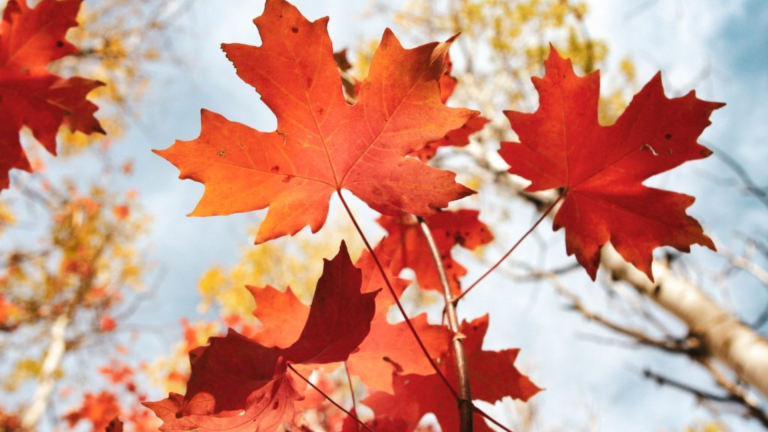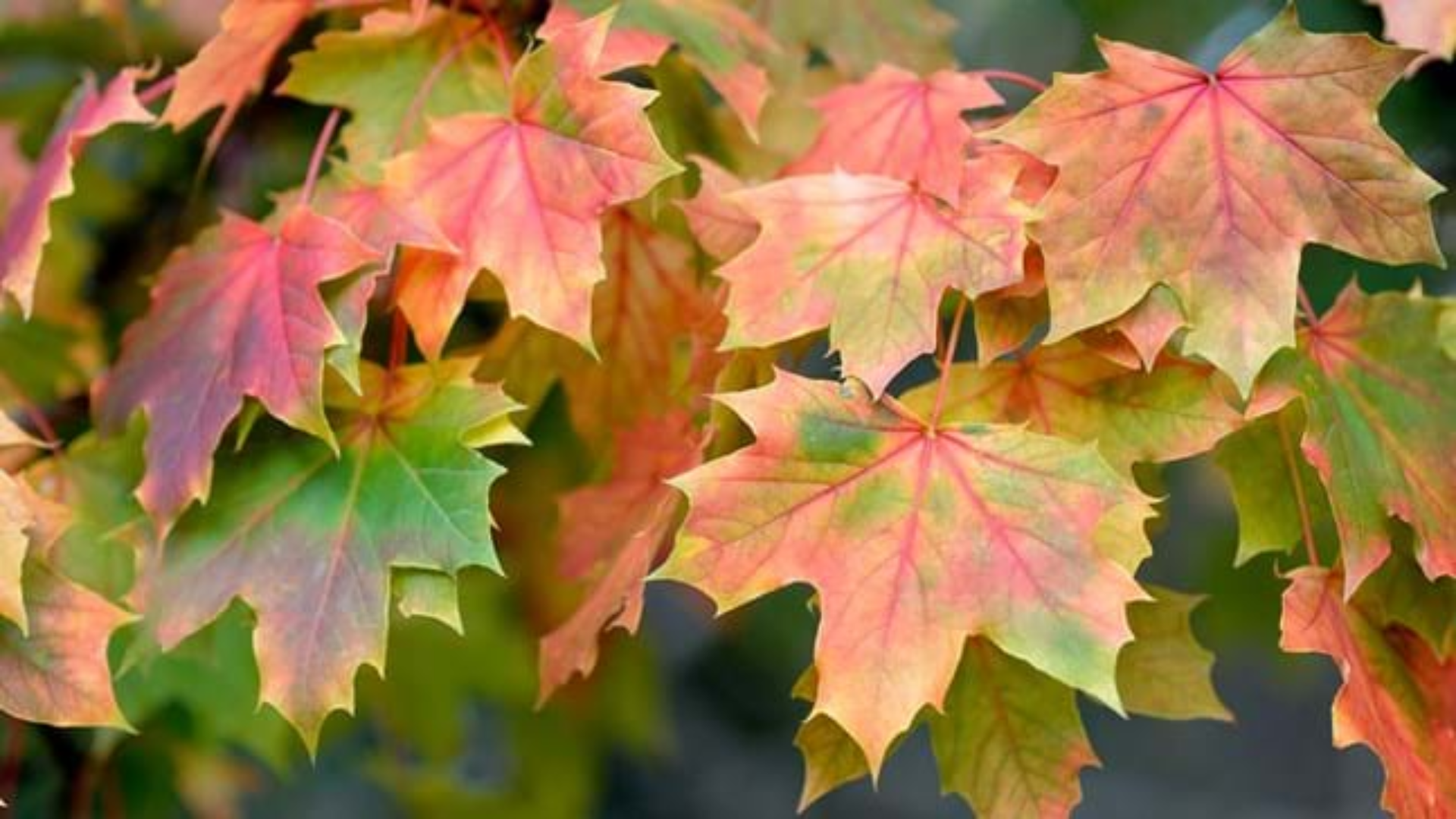Ever looked at a leaf and wondered if it came from a maple tree? You’re not alone.
With so many kinds of maple trees out there, telling them apart can get confusing, especially if you’re just starting.
I’ve been there too, trying to figure out which leaf matched which name. That’s why I put together a clear and simple maple leaf identification chart to help.
You’ll find easy ways to spot the differences, even if the leaves look alike at first.
I’ll show you what to look for, like leaf shape, edges, and color so that you can match the leaf in your hand to the right tree.
If you’re out for a walk, working on a school project, or just curious, you’ll find the help you need right here.
I’ve kept everything simple so you don’t get stuck or overwhelmed. Let’s make identifying maple leaves easier, one step at a time.
What Makes Maple Leaves Special?
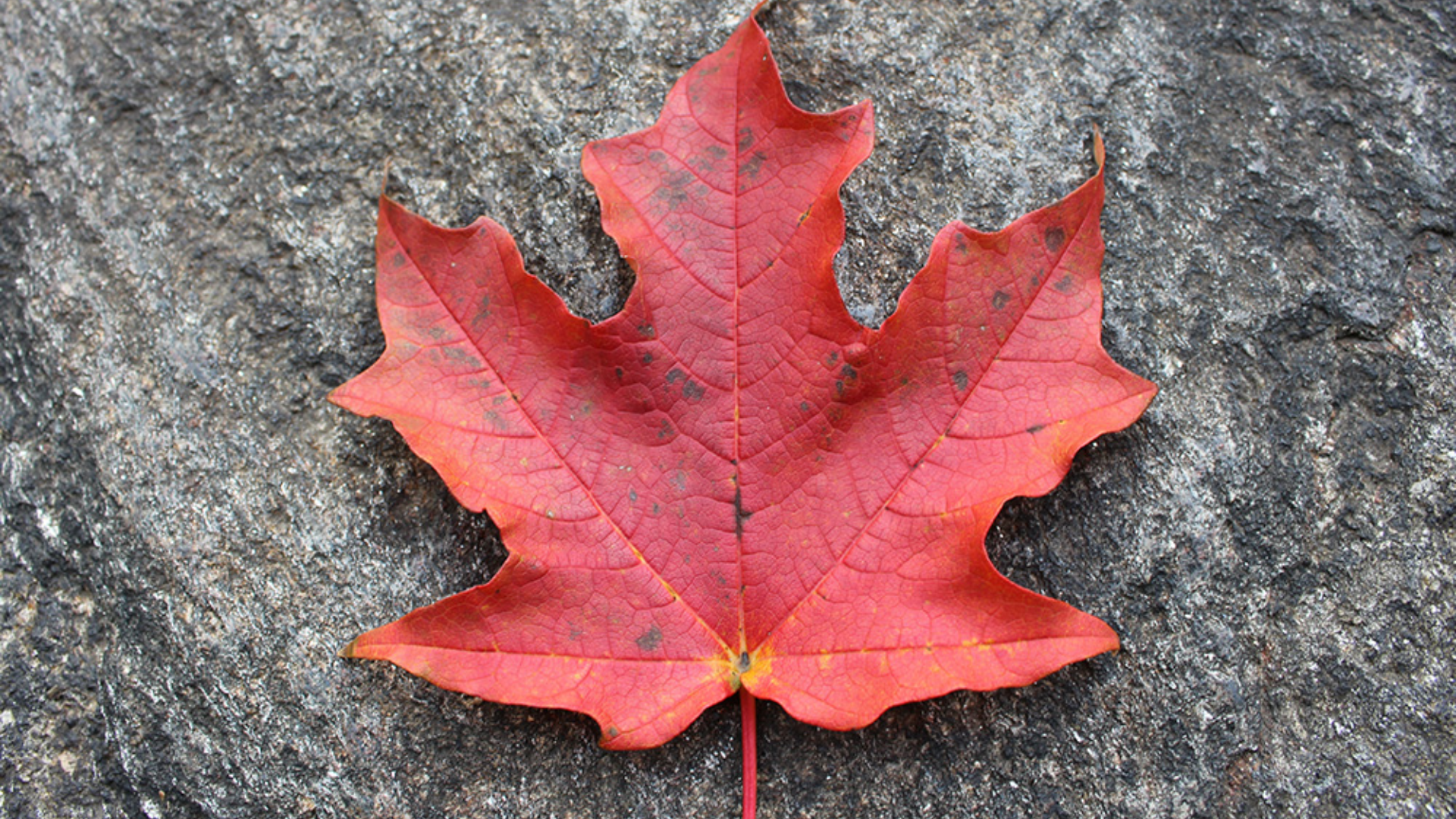
Maple trees are some of the most well-known trees around, and their leaves are a big reason why.
You’ve probably seen them on flags, logos, or falling in piles during autumn.
They come in many shapes and sizes, but most share a few simple traits that make them easy to spot.
Most maple leaves have lobes-those finger-like parts that stick out from the center. They’re also arranged in pairs on the branches, called opposite branching.
This pattern helps tell them apart from other trees. Some have smooth edges, while others have little teeth along the sides.
What makes them fun to identify is how different each kind looks once you know what to check. You don’t need to be an expert.
With a few basic clues, like shape and edge style, you’ll be able to match leaves to the right type quickly and enjoy the process along the way.
Maple Leaf Identification Basics
Maple leaves may seem tricky to tell apart, but a few simple clues can make it easier. Once you know what to look for, you can spot the differences quickly.
- Number of lobes: Most maple leaves have 3 to 5 lobes that stick out like fingers. Some types have more deeply cut lobes, while others are shallow and wide.
- Leaf shape: Shapes can vary from broad and rounded, like the sugar maple, to narrow and pointed, like the silver maple.
- Edge type: Some maple leaves have smooth edges, while others have small jagged teeth along the sides.
- Color: In fall, maples turn red, yellow, or orange. Leaf color can give helpful hints, though it may change with the seasons.
- Branching pattern: Maple trees grow leaves in opposite pairs on the branch, which means two leaves sit directly across from each other.
Common Maple Species Found
There are many kinds of maple trees, but some are more common and easier to find in parks, forests, or neighborhoods.
Each type has its own leaf shape, color, and features that help you tell them apart. Here are some of the most well-known maple species to look out for
1. Sugar Maple
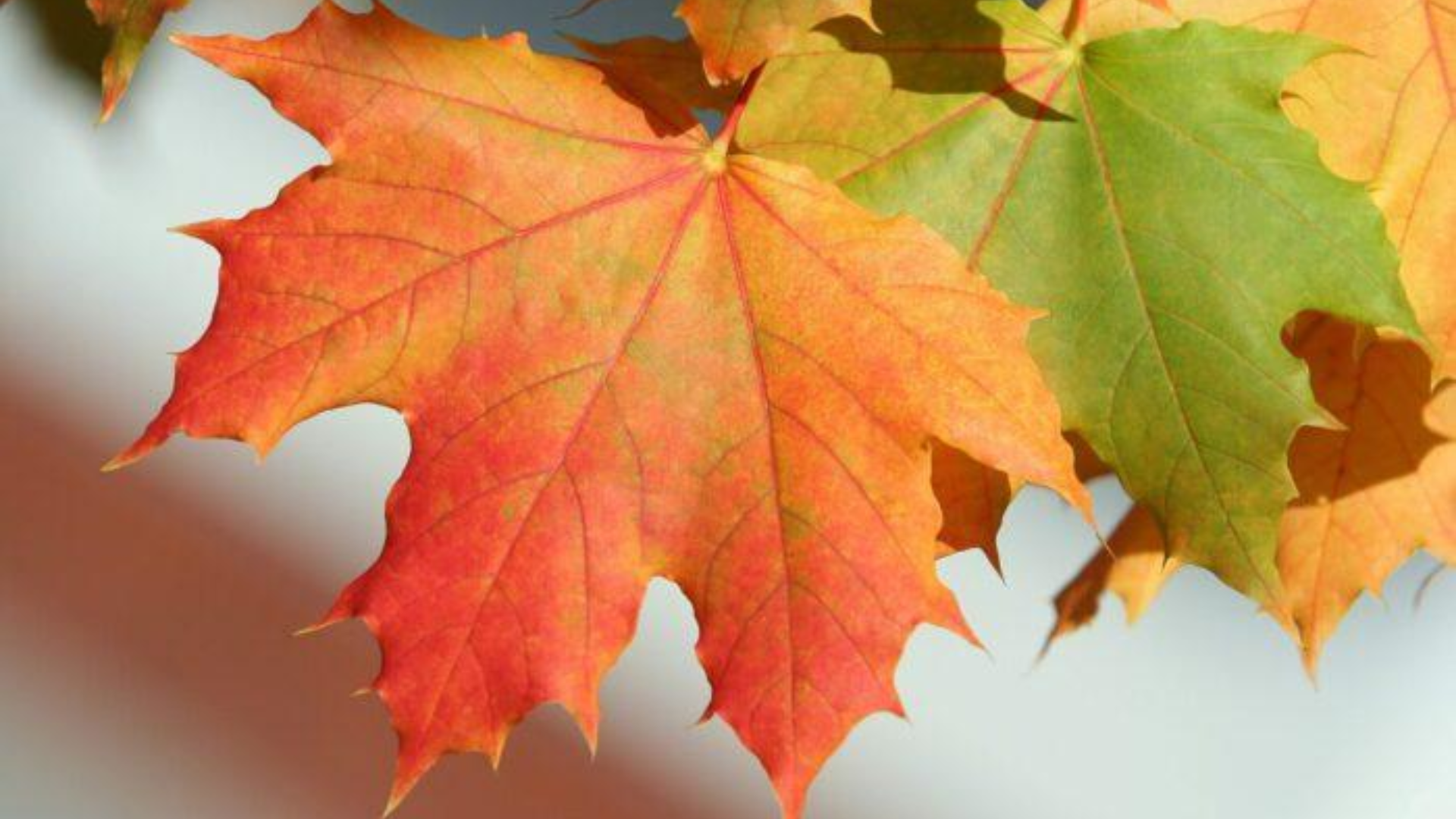
Sugar maple leaves have five rounded lobes with smooth edges. They’re easy to spot in fall when the leaves turn bright orange, red, or yellow.
These trees are best known for producing maple syrup. The bark is gray and smooth when young, turning rough with age.
Sugar maples grow tall and strong, often reaching 60 to 75 feet. They prefer well-drained soil and are common in forests and large yards.
If the leaf has a clean, classic maple shape, it’s likely from a sugar maple.
2. Red Maple
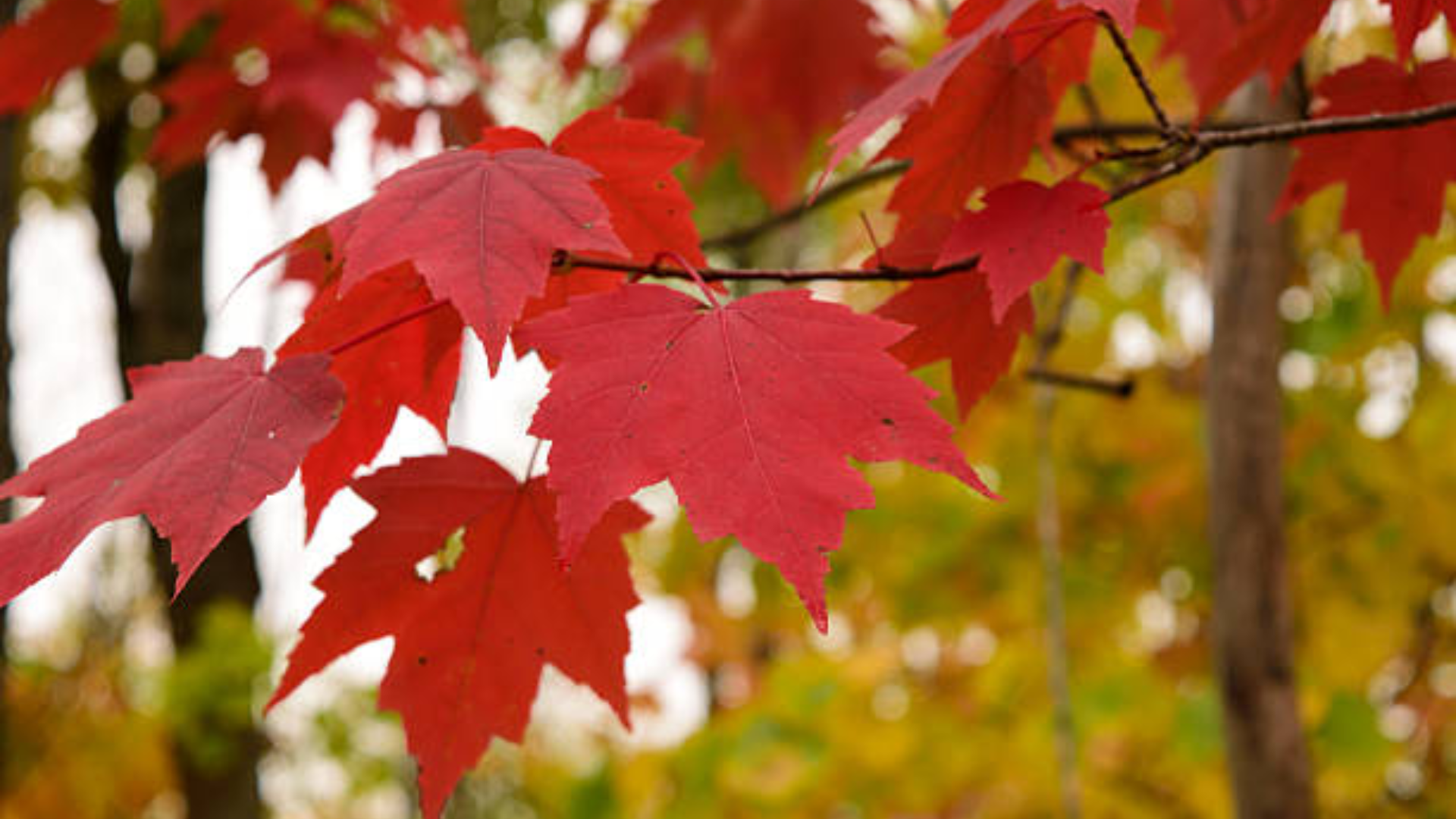
Red maple leaves usually have three main lobes with small teeth along the edges.
The leaves can be green in summer but often show red hints even before fall. In autumn, they turn a bright red, making the tree easy to recognize.
Red maples are one of the most common trees in North America. They grow in many soil types and can be found in both wet and dry areas.
The twigs are red too, and the tree’s sap is clear, not milky.
3. Silver Maple
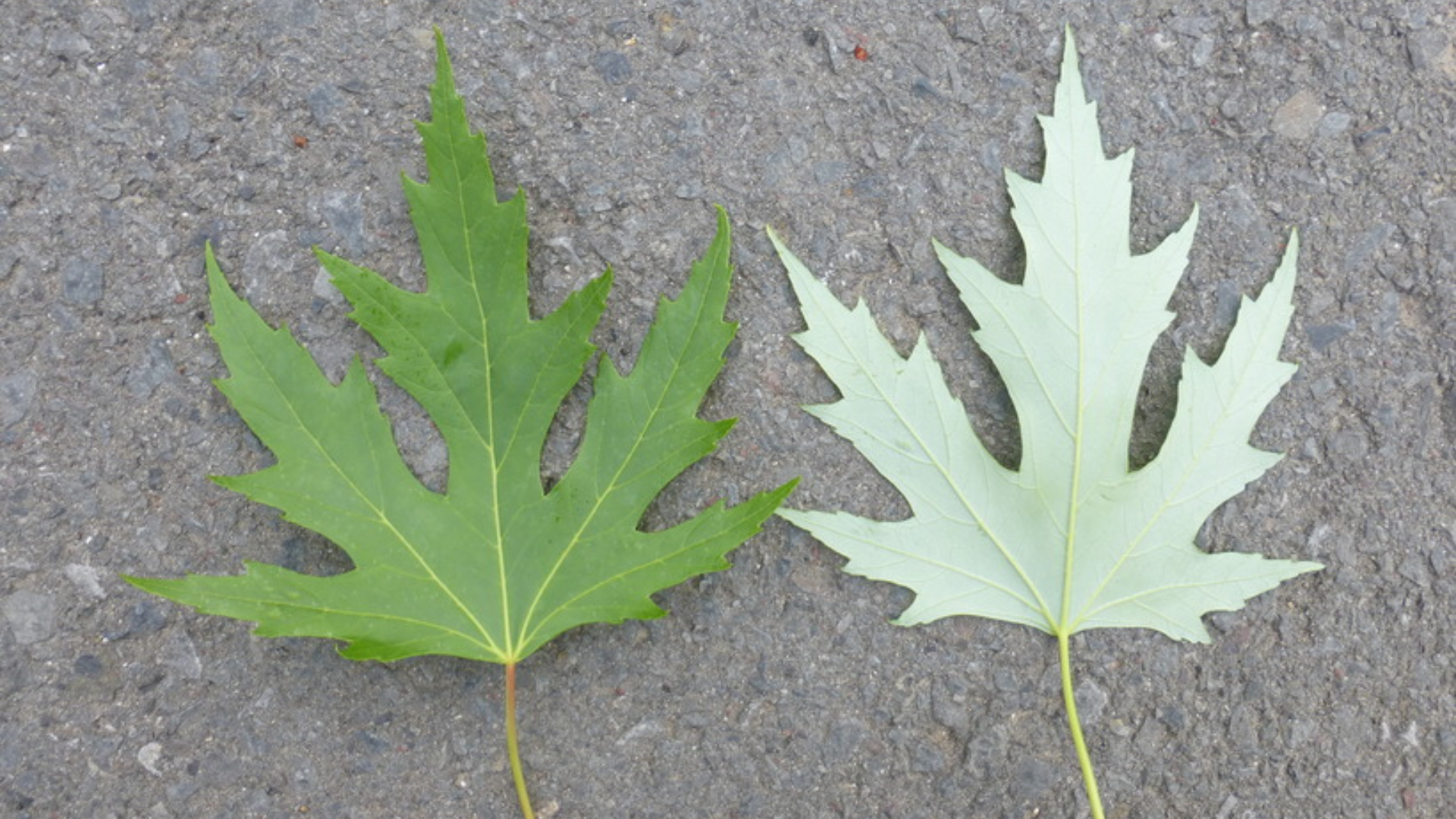
Silver maple leaves are deeply divided with five narrow lobes and sharp teeth along the edges.
The underside of the leaf is pale and silvery, which gives the tree its name. These trees grow fast and are often found near rivers or wet ground.
The leaves flutter easily in the wind, showing both green and silver sides. Silver maples have soft wood and large roots that can spread widely.
They’re popular in parks and older neighborhoods because they grow quickly and provide lots of shade.
4. Norway Maple
Norway maple leaves look similar to sugar maple, with five-pointed lobes and wide spacing.
A key difference is the milky sap that appears when you break the stem. The leaves turn bright yellow in fall.
This tree is native to Europe but is now found in many North American cities.
It handles pollution well and grows in tough conditions, which is why it’s often used for street planting.
However, it can spread fast and take over native plants in some areas.
5. Japanese Maple
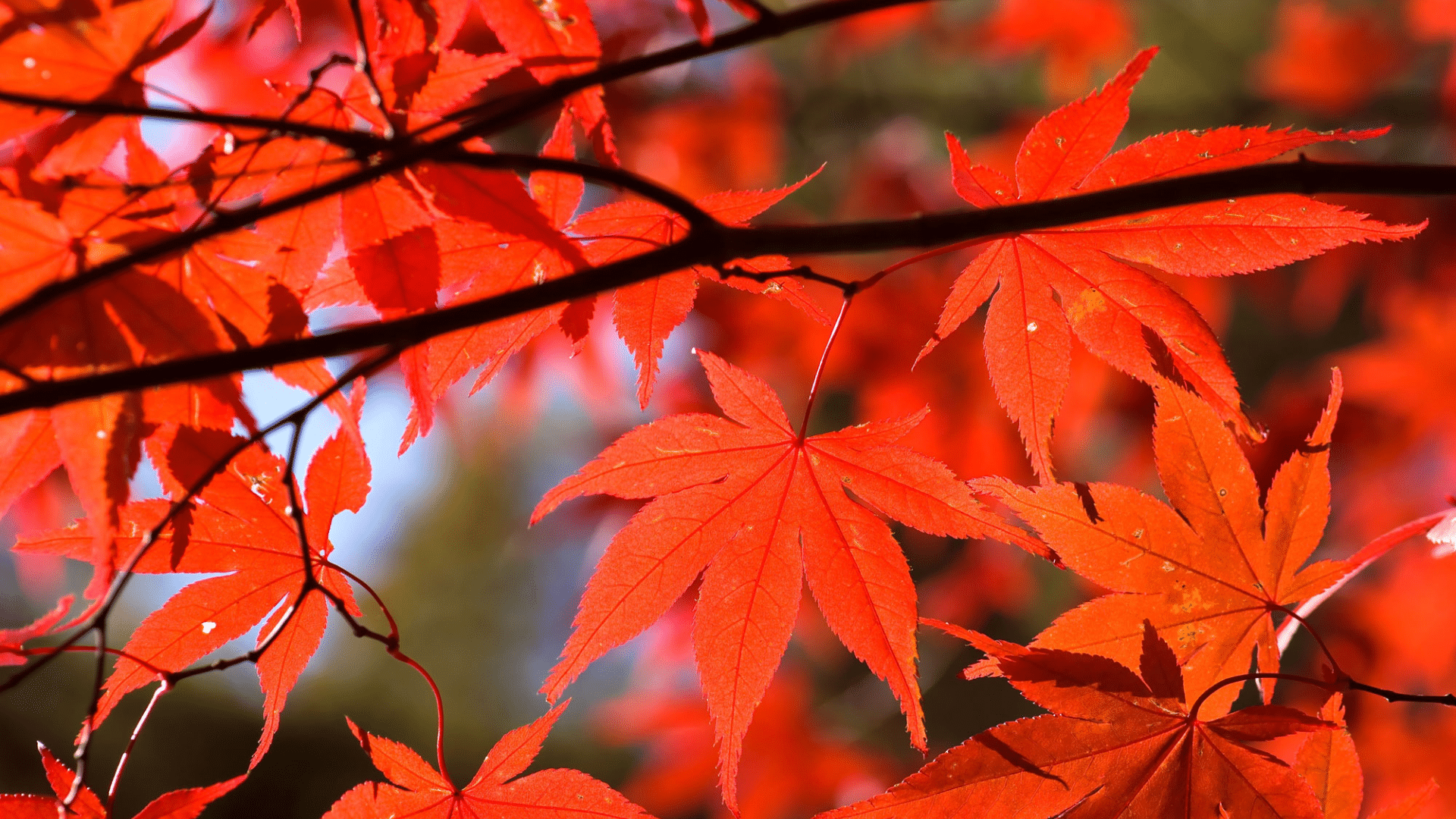
Japanese maple leaves are small and fine, usually with 5 to 7 thin, pointed lobes.
They often appear in deep red, purple, or even green, depending on the type. These trees are popular in gardens and landscape designs for their graceful shape and color.
Japanese maples are smaller than other maples, usually growing between 10 and 25 feet tall.
Their leaves can be lace-like or broader, and they look stunning in fall. These trees prefer partial shade and are best in well-drained soil.
6. Boxelder Maple

Boxelder maple leaves look very different from most maples. Instead of a single leaf, they have 3 to 5 leaflets on a stem, much like ash trees.
The edges can be jagged, and the color is light green. This tree grows quickly and is often found along roads, streams, or open spaces.
It doesn’t live as long as other maples and has softer wood.
Boxelders are hardy and can grow in poor soil, but they’re often considered “weedy” trees because they spread so easily.
7. Black Maple

Black maple leaves are similar to sugar maple but usually have only three lobes, not five.
The edges are more droopy or curled, and the surface is darker green. In fall, the leaves turn yellow or orange.
This tree grows best in rich, moist soil and is common in the eastern U.S. The bark is darker and more deeply grooved than that of the sugar maple.
Black maples are strong, shade-loving trees and are often mixed in with sugar maples in forests, which can make them hard to tell apart.
8. Striped Maple
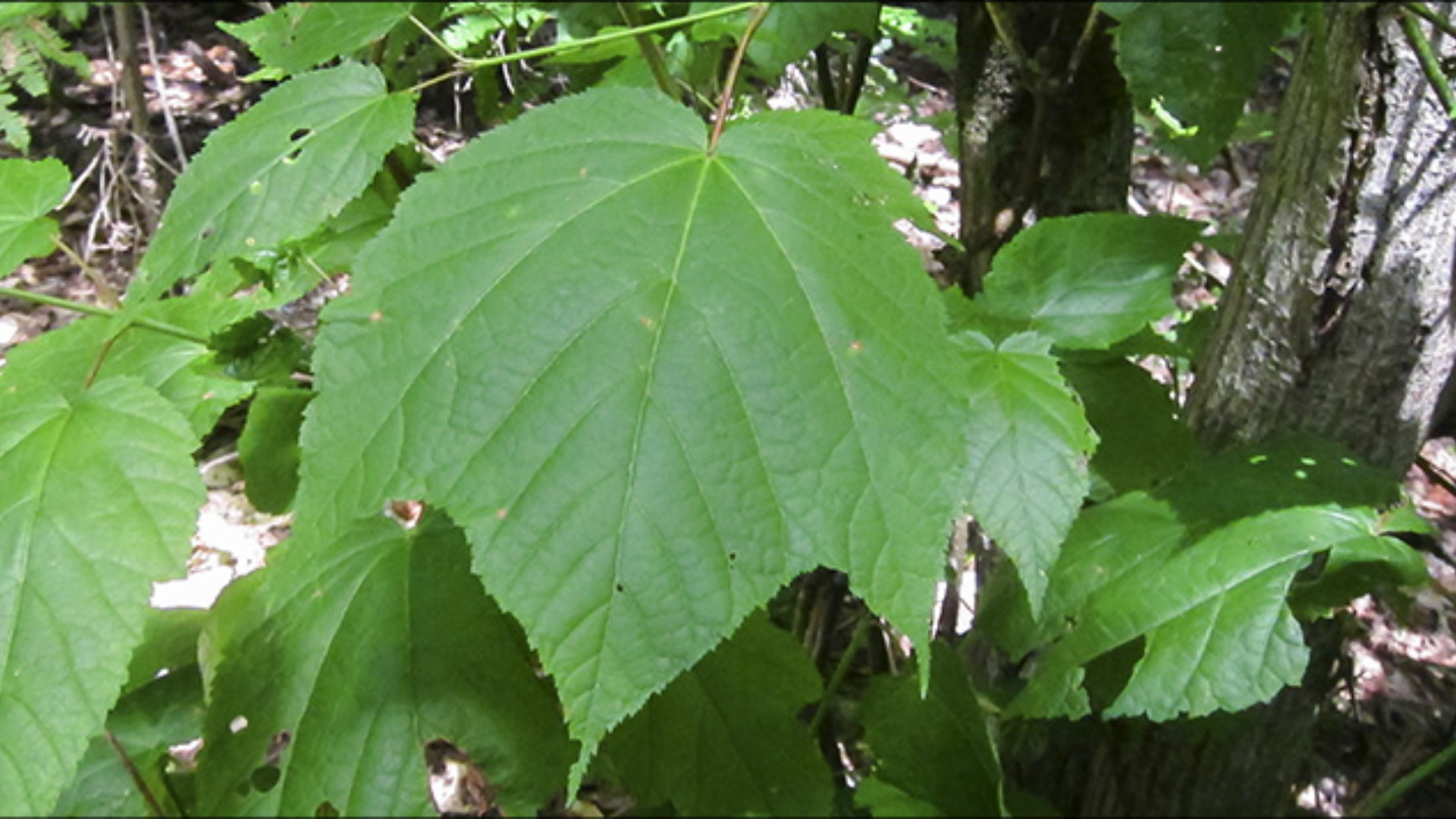
Striped maple leaves are large, with three wide lobes and a soft texture.
Unlike most maples, the bark is green with white stripes, which makes the tree easy to spot.
It’s a small tree, usually under 30 feet tall, and grows well in shady, cool forests. The leaves turn yellow in fall and are thin and flexible.
This maple isn’t as common as others but is still found in the northeastern U.S. and Canada. It’s also called “moosewood” because moose often eat its bark.
Maple Leaf Identification Chart
Here’s a simple chart to help you compare different types of maple leaves.
Use it to match the leaf you find with its species based on shape, color, and how the tree is often used.
| Maple Species | Leaf Shape & Lobes | Color | Common Uses |
|---|---|---|---|
| Sugar Maple | 5 lobes, U-shaped sinuses | Green to Orange | Syrup, timber |
| Red Maple | 3–5 lobes, V-shaped sinuses | Green to Red | Ornamental, lumber |
| Silver Maple | 5 deeply cut lobes, silvery undersides | Green/Silver | Shade, landscaping |
| Norway Maple | 5–7 lobes, broad, deep sinuses | Green turns yellow | Urban, shade trees |
| Japanese Maple | 5–9 slender, pointed lobes | Green, Red, Purple | Bonsai, ornamentals |
| Boxelder Maple | 3–5 leaflets (not lobes) | Light green | Fast growth, windbreaks |
| Black Maple | 3 lobes, droopy edges | Dark green to yellow | Shade, mixed forests |
| Striped Maple | 3 broad lobes, soft edges | Green to Yellow | Shade, forest understory |
Tips for Accurate Maple Leaf Identification
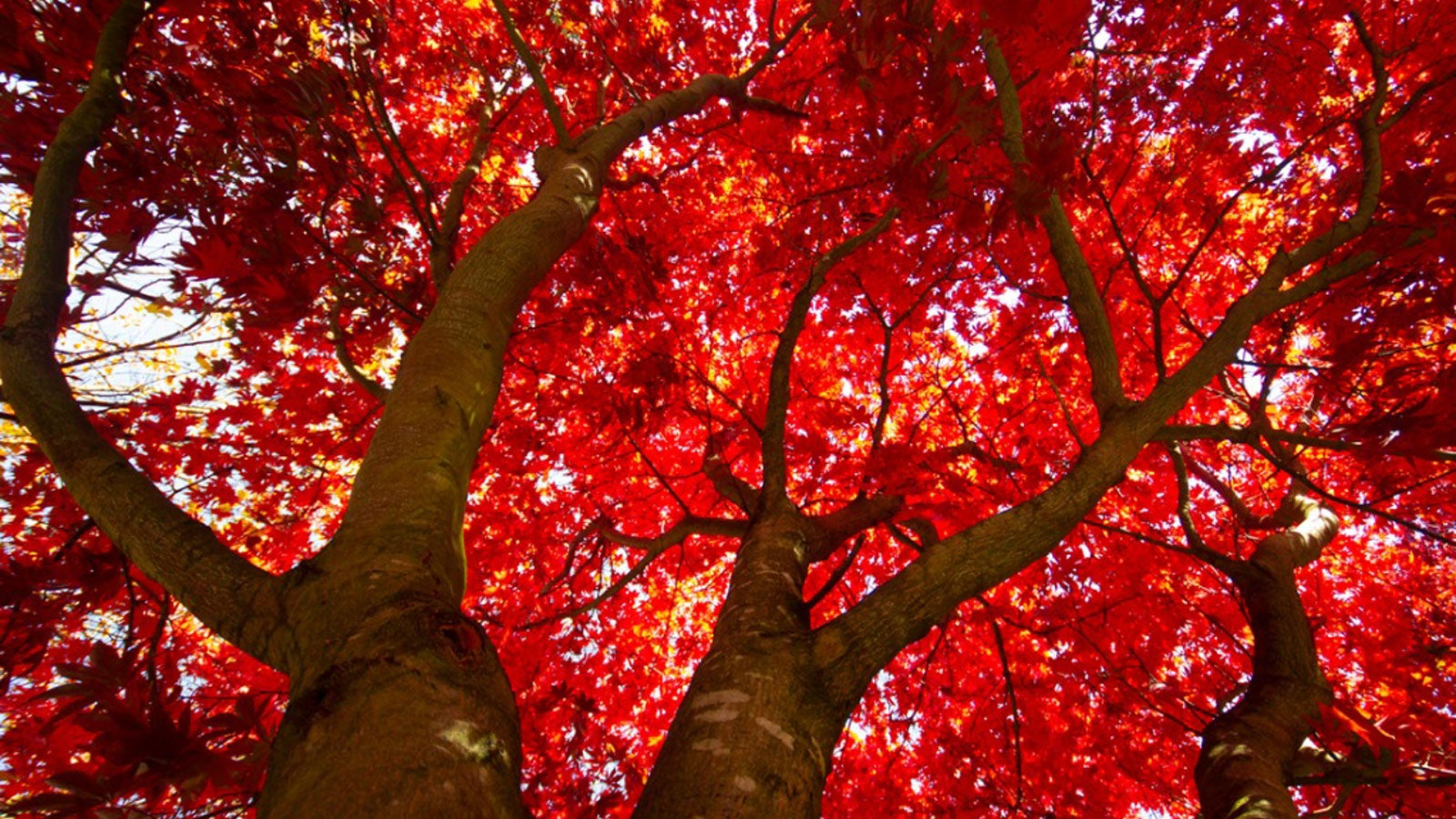
Sometimes, leaves alone aren’t enough to be sure. These extra tips can help you confirm which maple tree you’re looking at, especially when species look alike.
- Examine the tree’s bark, seeds, and growth habit: Bark texture, seed shape (like helicopter samaras), and how the tree grows can all give important clues.
- Note habitat and region: Some maples grow best in certain areas. Knowing where you are can narrow down the options.
- Use a field guide or mobile app for confirmation: Guides and apps often include pictures, maps, and side-by-side comparisons to double-check your guess.
Quick Comparison: Maple Look-Alikes
Some trees have leaves that look like maples, especially from a distance.
This table helps you spot the differences so you don’t mix them up while identifying leaves.
| Tree Name | Leaf Shape | Branching Pattern | Key Difference |
|---|---|---|---|
| Sweetgum | Star-shaped, 5–7 pointed lobes | Alternate | Has spiky seed balls, not paired leaves |
| Sycamore | Broad, 3–5 shallow lobes | Alternate | Bark peels off in patches |
| London Plane | Large, maple-like shallow lobes | Alternate | Very large leaves, similar to sycamore |
| Tulip Tree | 4-lobed with a flat top | Alternate | Unique tulip-shaped leaves |
| Maple | 3–5 lobes, deep or shallow cuts | Opposite |
Paired leaves and winged seeds (“helicopters”) |
Some trees can fool you at first glance, but small details make a big difference.
Leaf shape, branching, and seed type are great clues to help you stay on track. With practice, telling maples apart from look-alikes gets much easier.
Conclusion
Maple trees are fun to learn about once you know what to look for.
With the chart, tips, and simple steps we went over, I hope you feel more ready to spot the differences between each type of maple leaf.
I know it can be tricky at first-some leaves look so much alike-but small things like the number of lobes, leaf shape, or even where the tree grows can help a lot.
When I first started, I mixed up red and sugar maples all the time. It’s normal to get confused now and then.
That’s why I wanted to make this guide simple and clear, so you don’t have to feel stuck.
If you ever feel unsure, take another look at the chart or use a photo app for backup.
The more you practice, the better you’ll get at it. Keep the chart close, and have fun learning about all the maples around you.


